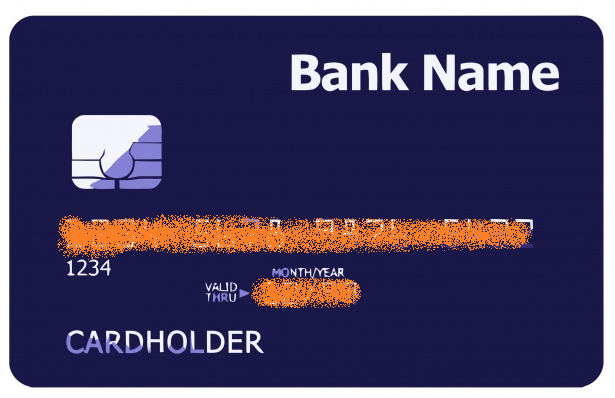Introduction
Artificial Intelligence (AI) has swiftly transcended its futuristic depiction in sci-fi movies to become an integral part of our daily lives. From personalized recommendations on streaming platforms to voice assistants managing our schedules, AI has seamlessly integrated into numerous facets of modern living. The evolution of AI has been a remarkable journey, fundamentally altering how we interact, work, and perceive technology.
Understanding AI's Evolution:
AI's inception traces back to the 1950s when computer scientists initiated research into simulating human intelligence. Initially, AI algorithms were basic, handling logical reasoning and problem-solving. As computational power advanced, so did AI capabilities. Machine learning emerged, enabling systems to learn and improve from data without explicit programming.
AI in Everyday Applications:
Today, AI powers various everyday applications:

